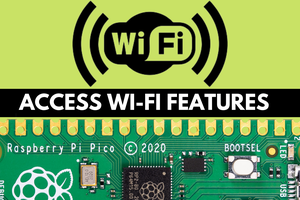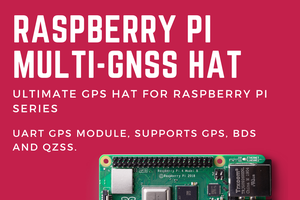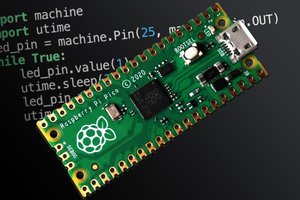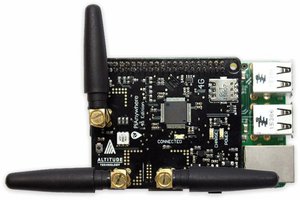What Is LoRa?
LoRa is the Internet of Things' de facto wireless platform (IoT). Semtech's LoRa chipsets connect sensors to the cloud, allowing for real-time data and analytics to be shared and used to improve efficiency and productivity. LoRa devices allow intelligent Internet of Things applications that address some of the world's most pressing issues, including energy management, natural resource conservation, pollution control, and infrastructure efficiency.
Please Read: What is the difference between LoRa and LoRaWAN?
Type of LoRa Modules are Available In Market!
The partner eco-system has a variety of modules to choose from:
- The basic transceiver module is the earliest form of module. The registers are accessed using an SPI interface to the transceiver in this sort of module. Your host controller has all of the commands required to setup the transceiver.
- The full-blown module is a more advanced form that includes a host controller and may be utilised for single controller applications. A UART interface is usually used to access them.
- The fourth sort of module is the modem, which already has the LoRaWAN stack installed. An AT-type command is used to get access via a serial UART interface.
With chip makers spending extensively in the market, the IoT business is bringing a lot of technology and solutions to market, and the industry is developing tremendously. It is not, however, without its difficulties. One of the most difficult aspects of developing the internet of things is ensuring that the "things" or end nodes can communicate with the internet. The present number of internet devices is enormous, Any network that supports such equipment must be able to manage the volume of traffic. These problems are compounded by the fact that nodes must run on battery power, have poor radios, and have limited memory and computing capability.
Today's IoT devices communicate via a variety of technologies, but none of them are appropriate for the purpose and application of today's IoT devices. Wi-Fi is already omnipresent, but it consumes a lot of energy and sends a lot of data. While this is fantastic, it isn't the best answer for IoT devices that don't have as much energy or just need to communicate tiny quantities of data. Because of the restrictions of the modulation techniques utilised, access points can only manage a small number of devices at a time.
Bluetooth devices enable for local connection, although the version 4.0 version has a fairly restricted range. They also need an excessive amount of energy. Even the latest Bluetooth Low Energy gadgets utilise far more energy than is required. ZigBee low power modules, which transmit over longer distances and at lower transfer rates, generally a few kilometres in clear route, were formerly thought to be the finest available technology on the market.
Posts You May like:
- Introducing The VisionFive V1 is a RISC-V Based Raspberry Pi Replacement - Available Soon
- Raspberry Pi Zero 2 W Overclocking - Boost Up To 1.2GHz, or even 1.4GHz
- The Arduino UNO Mini Limited Edition is Now Available
- Scan QR Codes with Raspberry Pi Pico
- Create Barcodes with Pure Python
- The New Version of Raspberry Pi OS, Debian "Bullseye" is Now Available.
- The Raspberry Pi Zero 2 W Arrives Six Years After The First Pi Zero
- Raspberry Pi 4 Has Been Given Vulkan 1.1 Compliance by Khronos
- The Raspberry Pi Build HAT - Complete Guide
- Raspberry Pi Officialy Announced Build HAT For Raspberry Pi
- Installing Android on a Raspberry Pi 4 with Google Play Store
- Pop OS Linux is Coming to Raspberry Pi and Other ARM Devices Soon
- How to Immediately Upgrade to Windows 11
- A Secret Update for the Raspberry Pi 4 8GB
- Raspberry Pi Introduces a New Documentation Hub
- Quick start with ESP8266 based Pico WiFi HAT
- Capture local Real-Time Air Quality Data with Raspberry Pi Pico




